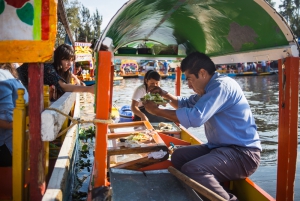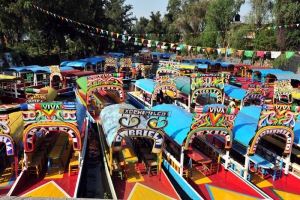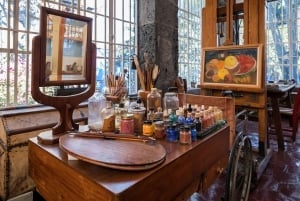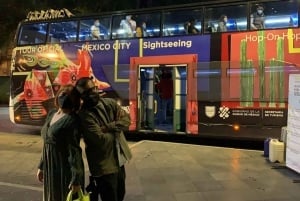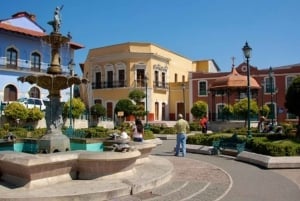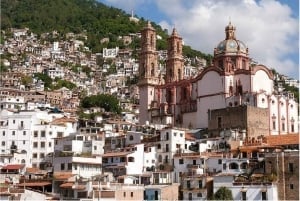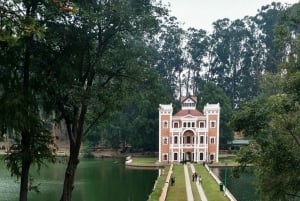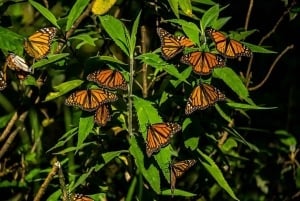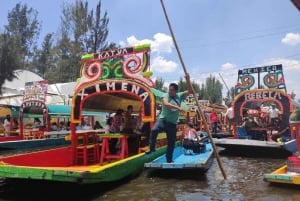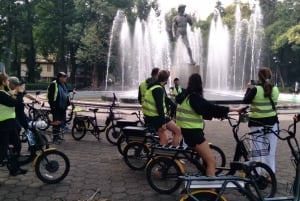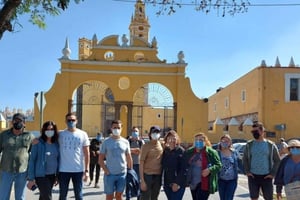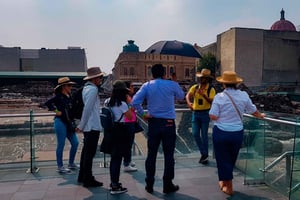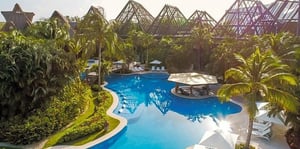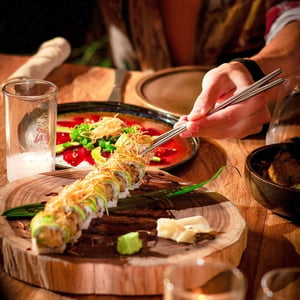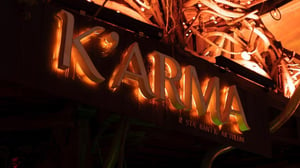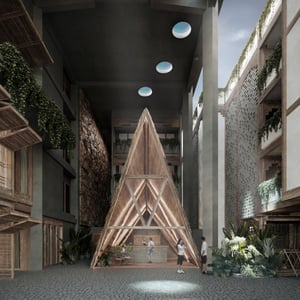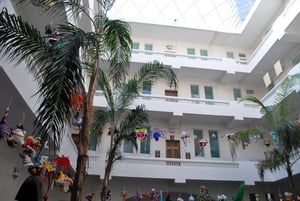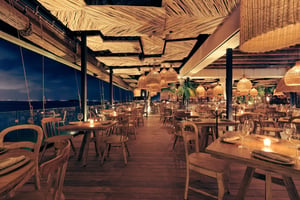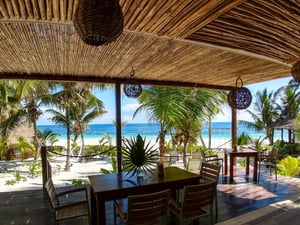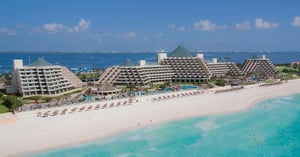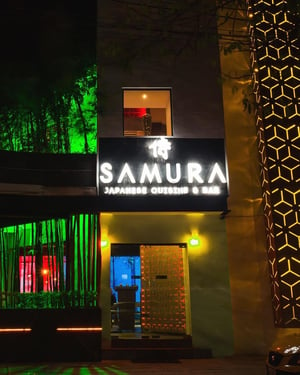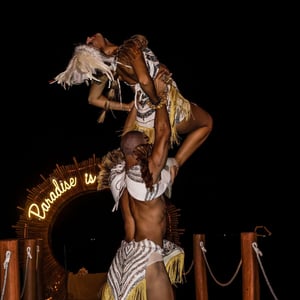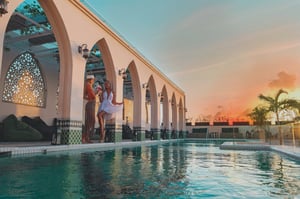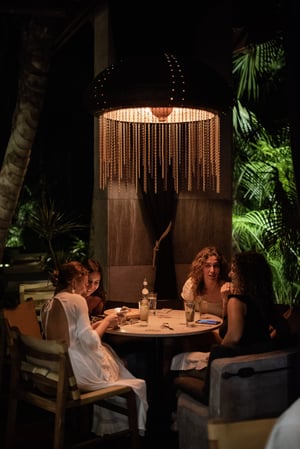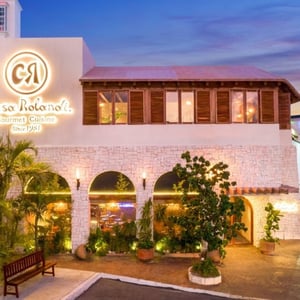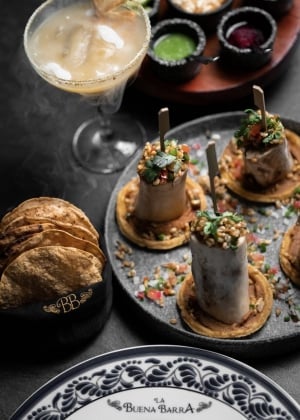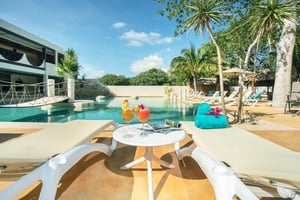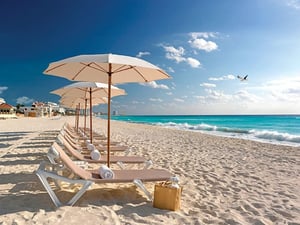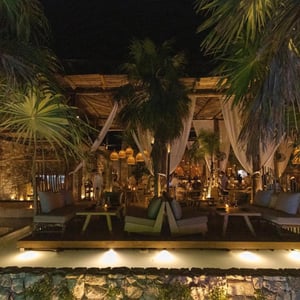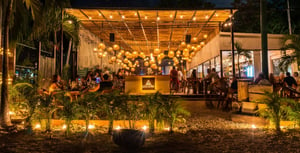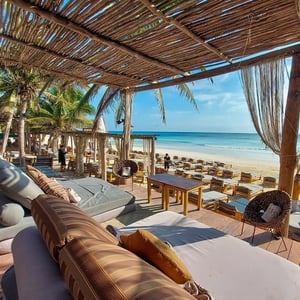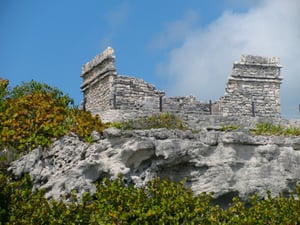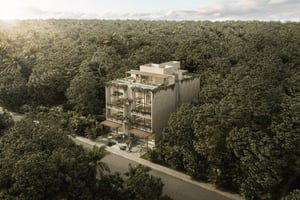Floating fiesta in Mexico. A colourful boat cruise in the district of Xochimilco
Book Top Experiences and Tours in Mexico:
If youʻre booking your trip to Mexico last minute, we have you covered. Below are some of the top tours and experiences!- Mexico City: Frida Kahlo Museum Ticket with Digital Guide
- Mexico City: Double Decker Bus Night Tour
- Mexico City: Private Magic Towns & Basaltic Prisms Tour
- Mexico City: Cacahuamilpa Caves and Taxco Small-Group Tour
- Chautla's Castle, Lavender Farm, and Valquirico Private Tour
A Sunday ride on the flat-bottomed trajineras in Xochimilco is not only a chance to escape from the hustle and bustle of a 20-million-strong metropolis, but also a true journey back in time. In no other part of the city has the landscape from pre-Columbian times been preserved in such good condition.
Five hundred years ago, much of the Valley of Mexico, where the Aztec capital Tenochtitlán was located, was filled with the waters of five lakes. The Spanish conquistadors were impressed by the sight of them: "When we saw so many towns and villages built on the water and this straight causeway leading into Mexico, we were astonished... We saw a great multitude of boats - some bringing food, others returning with cargo and goods... It was impossible to move from house to house except by wooden drawbridges or by boats" - recalled Bernal Díaz del Castillo, one of the participants in Cortés' expedition.
The inhabitants of the basin have become so accustomed to life on the lake that they have learnt to grow corn, beans, tomatoes or flowers on the chinampas - watered plots. The artificial islands with their wooden frameworks filled with silt and plant remains were so fertile that the crops were harvested three times a year. Over time, the taffy became green with mosaics of gardens. Most of these were on the freshwater lake of Xochimilco. It is no coincidence that the name means "place of flower fields". From here, boats packed to the brim carried vegetables to thousands of Tenochtitlán inhabitants.
A city on the water
The Spanish invaders showed no understanding for life on water. From the 17th century onwards, the lakes and marshes of the Valley of Mexico were drained and gave way to the expanding capital. Xochimilco remained as the last island of green - this time in a sea of paving, concrete and asphalt.
Today, mainly ornamental and garden plants are grown on the chinampas. You can buy them at the waterfront stalls or straight from the boats full of pots, buds and petals in all kinds of colours. - 'In the past, the rafts were decorated with garlands of flowers,' says Raul, our skipper. - But that's expensive, so now we've replaced them with patterns painted on the boards - he adds in an apologetic tone.
All the trajineras still have their own names - there are Marie, Lupita and Juana on the canals. On each of the wide boats there is also an obligatory long table with benches. Now we understand why so many people took the train with baskets of provisions. Every now and then we pass floating fiestas. Whole families and groups of friends bite into chicken or dip corn tortillas in hot sauces.
Have you run out of food? Dugout canoes appear at the side of the ship, the bribe-takers with their oars are just waiting for a sign, offering snacks. Pesos flow from hand to hand, from boat to boat - laughter, toasts, the clink of glass. Music pierces through the din, the sound of trumpets makes the air tremble. Mariachi singers jump from raft to raft with bulging guitars and accordions. The heels of the cowgirls clatter on the deck, a gallant bow and the melody starts to flow.
A disco is coming from the opposite direction, some girls are dancing on the bow, shouting along with the singer, they know the words by heart. Mexican hip-hop rumbles from a loudspeaker over the Aztec canal. It's a surprisingly relaxed atmosphere for a place listed by UNESCO in 1987. But perhaps a pious silence would be more inappropriate here? After all, back in Montezuma's time the city on the water was a bustling, crowded metropolis - one of the largest in the world.
Practical information
You can take a cruise on the canals of Xochimilco any day. Those who want to see the fiesta on the water should get here on Sundays, when most Mexicans arrive. Weekdays are better for observing nature in peace and quiet.
Cruise prices are fixed - 350 pesos per boat per hour (approx. 70 PLN), and a so-called nature tour lasting four hours, including further canals and crops, costs 1400 pesos.



